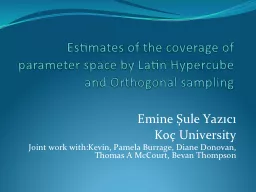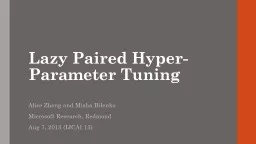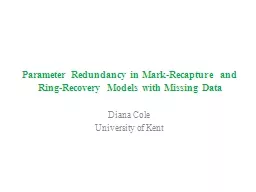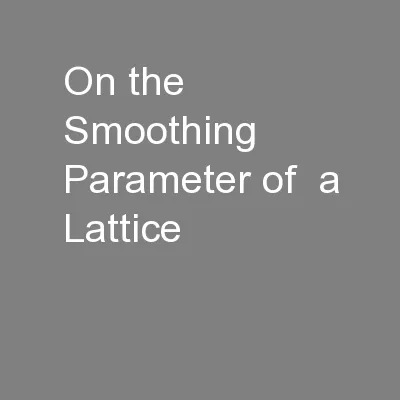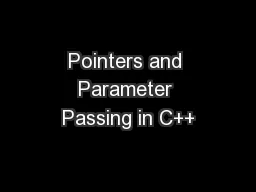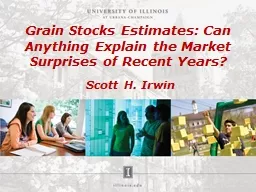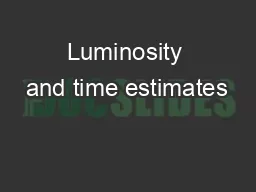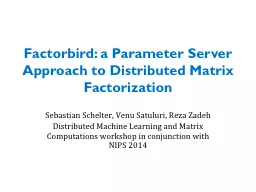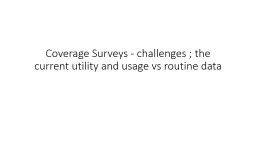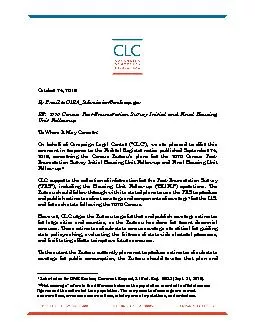PPT-Estimates of the coverage of parameter space by
Author : jane-oiler | Published Date : 2017-12-16
Latin Hypercube and Orthogonal sampling Emine Şule Yazıcı Koç University Joint work with Kevin Pamela Burrage Diane Donovan Thomas A McCourt Bevan Thompson
Presentation Embed Code
Download Presentation
Download Presentation The PPT/PDF document "Estimates of the coverage of parameter s..." is the property of its rightful owner. Permission is granted to download and print the materials on this website for personal, non-commercial use only, and to display it on your personal computer provided you do not modify the materials and that you retain all copyright notices contained in the materials. By downloading content from our website, you accept the terms of this agreement.
Estimates of the coverage of parameter space by: Transcript
Download Rules Of Document
"Estimates of the coverage of parameter space by"The content belongs to its owner. You may download and print it for personal use, without modification, and keep all copyright notices. By downloading, you agree to these terms.
Related Documents

